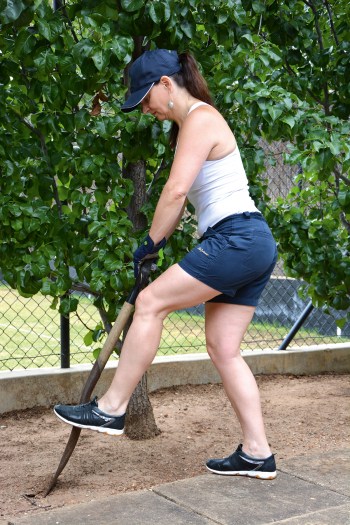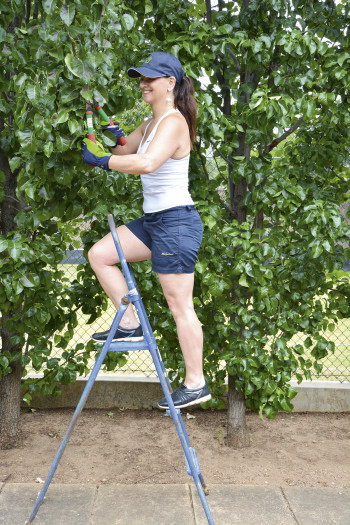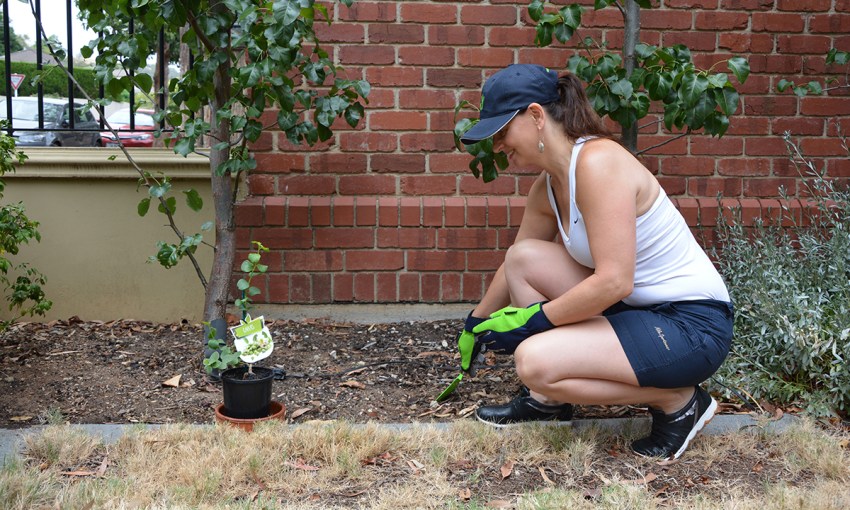If you’re about to head out into your garden to dig, mulch, fertilise, prune or plant, just be careful you don't overdo it...
In the garden: Injury prevention for gardeners

Don’t try to do it all at once
At City Physiotherapy we see quite a few gardening injuries. Yes, gardening can be back-breaking, so try to divide up the heaviest tasks and only do a little bit at a time. Being sensible about starting slowly allows your body to adapt to get used to the activity.
Learn to bend over properly
Too often we see people complain of back pain after spending time bending down in the garden. The issue isn’t so much the bending but how the bending is performed. Your knees shouldn’t come forward past your feet, but rather bend by pushing your pelvis and hips backwards. This bends your knees, not your back, limiting strain on your back muscles and spinal discs. Avoid any large twisting movements and move your feet to turn your body. Use a stool when weeding to avoid bending from your waist.

Perform a variety of tasks in rotation
The body doesn’t like being in one position for a long time. Move into a different posture regularly as a preventive action to aching muscles. It can be helpful to alternate squatting or lower positions with more upright postures.

Limit how far you reach
Prolonged periods of overhead reaching can lead to shoulder and upper back injuries. A good measure is to check to see if your elbows are bent. If not, then position yourself closer. Use a ladder to work at the level of your chest. It really is worth spending the time setting up properly, so you are close to tree branches or the hedge and on a level surface when tackling the pruning.
Ensure your tools are in good shape
Blunt clippers will cause strain to muscles and tendons so make sure they are sharp. When using a shovel, step onto the shovel blade, using your body weight, do not push with your arms. Use lightweight tools when you can to avoid strain by lifting unnecessarily heavy tools. If your knees or hips are already an issue, try using tools with longer handles so you don’t have to bend as far.
If you are unsure how you should be bending, squatting or lifting, or you think you are doing it properly but are still in getting aches and pains, it is best to seek a physiotherapy assessment to learn how you can use your body more efficiently. Adopting the correct postures and movements can help you to stay active and enjoy your garden, without suffering from all those aches and pains!
Linda Shacklock is a physiotherapist and director of City Physiotherapy in Adelaide.
This story first appeared in the Autumn 2019 issue of SALIFE Gardens & Outdoor Living magazine.



